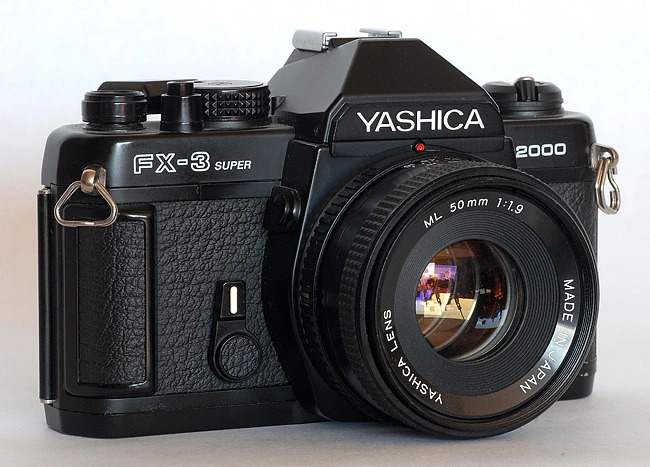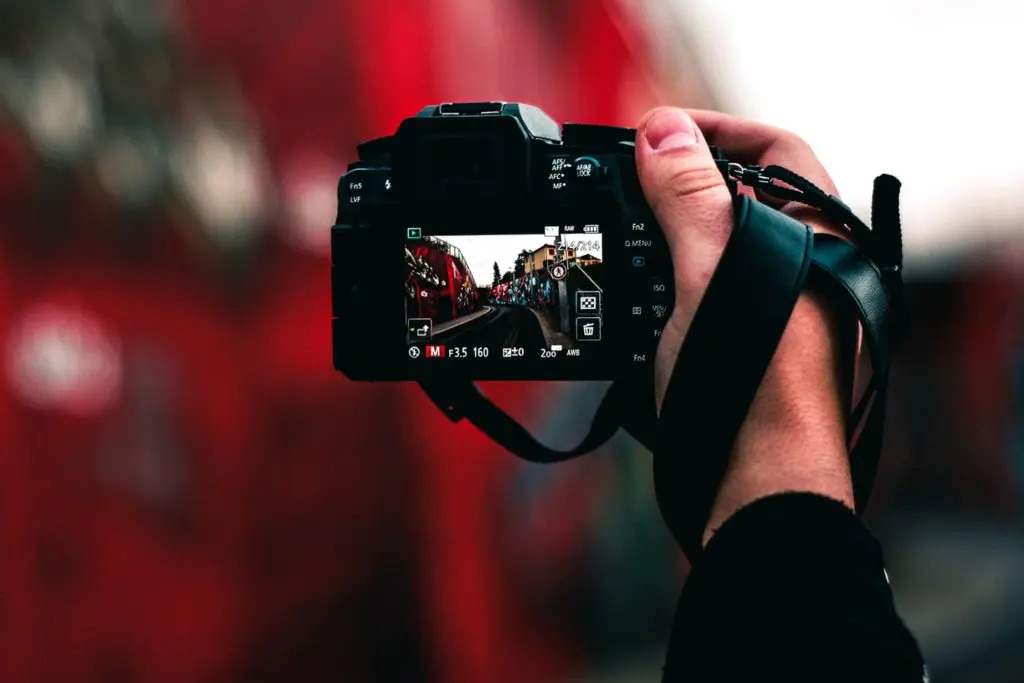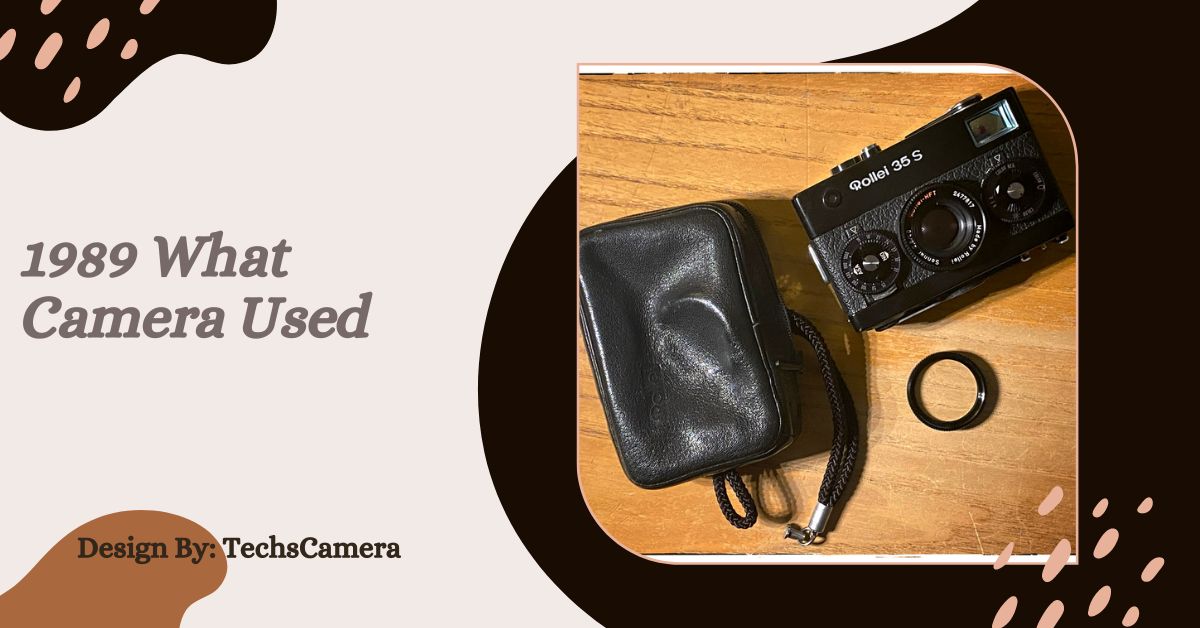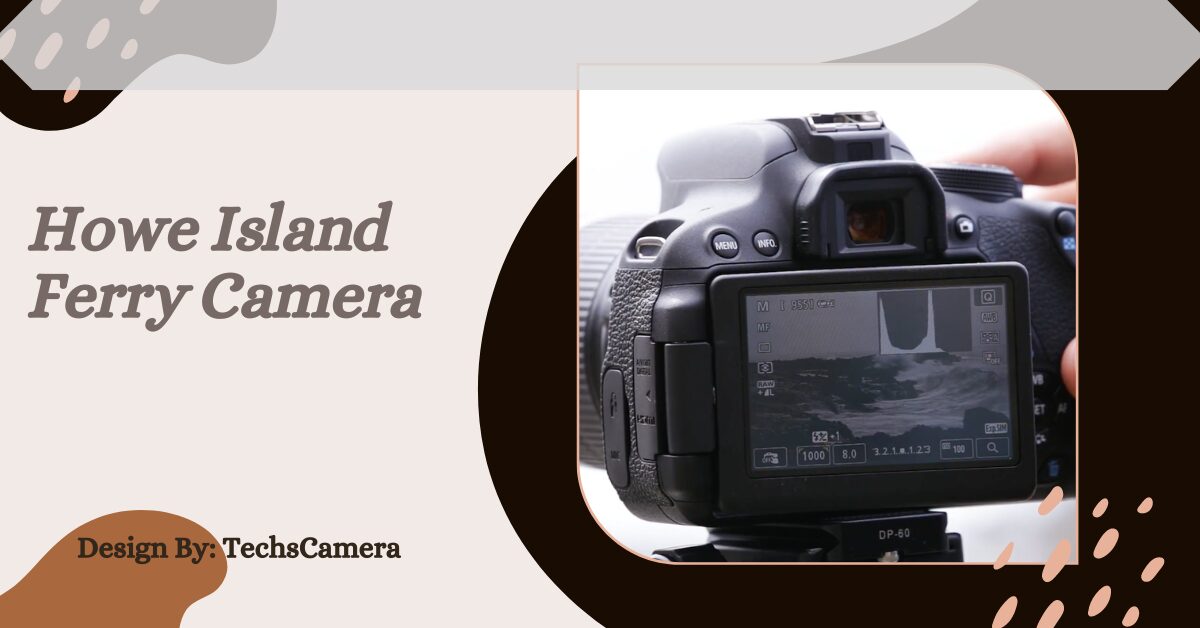In 1989, key cameras were the Nikon F4, Canon EOS-1, and Pentax K1000, each with distinctive features. Early digital models like the Kodak DCS 100 hinted at future changes.
In 1989, the world of photography was on the brink of major technological changes. Film cameras were still the dominant technology, providing high-quality images and reliable performance. This year was a transitional period, where traditional film cameras were widely used, but the first digital cameras were beginning to make their appearance.
This article explores the prominent film cameras of 1989, their notable features, and the early digital models that hinted at the future of photography.
Introduction:
The year 1989 was a significant moment in photography, bridging the gap between the classic era of film and the dawn of digital technology. Film cameras were highly popular, offering various advanced features that catered to both professionals and enthusiasts.
Meanwhile, digital cameras, though in their infancy, began to show potential. Understanding the cameras from 1989 provides insight into how these technologies influenced the future of photography, leading to the digital advancements we use today.
Popular Film Cameras in 1989:

Several film cameras stood out in 1989, each known for its unique features and appeal to different types of photographers. From high-end professional models to reliable entry-level options, these cameras played a crucial role in capturing memorable moments and defining the photographic standards of the time. Let’s take a closer look at some of the most influential film cameras from that year.
Nikon F4:
The Nikon F4 was one of the top film cameras in 1989, renowned for its advanced features and rugged construction. As a flagship model for Nikon, the F4 offered a range of capabilities that made it a favorite among professional photographers. Its durability and high performance set it apart, making it suitable for challenging environments and diverse photographic needs.
- Advanced Exposure Modes: The F4 included multiple exposure modes such as aperture-priority, shutter-priority, and program mode, providing photographers with greater creative control.
- Automatic Film Advance: A built-in motor drive allowed for automatic film advancement, enabling quick, continuous shooting.
- Durable Build: Designed with weather-sealing and a robust construction, the F4 could withstand harsh conditions and heavy use, making it reliable for professionals.
Canon EOS-1:
Canon’s EOS-1 was another prominent camera in 1989, known for its innovative features and high-speed performance. As the flagship of Canon’s new EOS series, the EOS-1 introduced several technological advancements, including a sophisticated autofocus system and rapid shooting capabilities. Its durability and performance made it a popular choice among professional photographers.
- Fast Autofocus: The EOS-1 featured an advanced autofocus system that provided quick and accurate focusing, essential for capturing fast-moving subjects.
- High-Speed Shooting: It supported continuous shooting at up to 5 frames per second, ideal for action and sports photography.
- Rugged Design: The camera’s magnesium alloy body offered durability and could handle demanding shooting conditions, making it reliable for professional use.
Also read: Facetime Camera Not Working – A Detailed Troubleshooting Guide!
Pentax K1000:
The Pentax K1000 was a widely used film camera in 1989, appreciated for its simplicity and reliability. It was particularly popular among amateur photographers and students, thanks to its straightforward design and manual controls. The K1000 provided a hands-on learning experience for those new to photography, helping them grasp the fundamentals of the craft.
- Manual Controls: The K1000 offered fully manual controls, which helped users learn about exposure, focus, and other key aspects of photography.
- Simple Design: Its basic, rugged design made it easy to operate and maintain, making it an excellent choice for beginners.
- Interchangeable Lenses: The camera was compatible with a wide range of Pentax lenses, allowing users to experiment with different photographic styles and techniques.
The Dawn of Digital Cameras:
While 1989 was predominantly defined by film photography, the early stages of digital technology were beginning to take shape. The first digital cameras were still in their infancy, characterized by their large size and high costs. However, these early models represented a significant step towards the future of photography, paving the way for the compact and efficient digital cameras that would follow.
Kodak DCS 100:
The Kodak DCS 100, introduced around 1989 and officially released in 1991, was one of the earliest digital cameras designed for professional use. Although it was bulky and expensive, the DCS 100 marked a significant milestone in the transition to digital photography. Its development foreshadowed the rapid advancements in digital technology that would soon revolutionize the field.
- Early Digital Sensor: Featuring a 1.3-megapixel sensor, the DCS 100 provided an early glimpse into digital imaging technology.
- Nikon F3 Body: The DCS 100 was based on the Nikon F3 body, integrating digital technology into a traditional film camera design.
- External Storage: Images were stored on an external hard drive, highlighting the shift from film rolls to digital storage solutions.
Impact on Photography:

The cameras of 1989 had a profound impact on the photography industry, shaping both the film and emerging digital markets. Film cameras like the Nikon F4 and Canon EOS-1 set high standards for performance, influencing the design and features of future models.
At the same time, early digital cameras like the Kodak DCS 100 began to introduce concepts that would eventually become mainstream, paving the way for the digital revolution.
- Professional Photography: The advanced features of film cameras improved the quality and efficiency of professional photography, providing tools that enhanced image capture and workflow.
- Digital Innovation: The development of early digital cameras signaled the beginning of a new era in photography, with technological advancements leading to the compact, high-resolution digital cameras we use today.
FAQ’s:
1. What were the main film cameras used in 1989?
Key film cameras included the Nikon F4, Canon EOS-1, and Pentax K1000.
2. What made the Nikon F4 popular in 1989?
The Nikon F4 was known for its advanced exposure modes, automatic film advance, and durable build.
3. Why was the Canon EOS-1 significant in 1989?
The Canon EOS-1 featured fast autofocus, high-speed shooting, and a rugged design, making it ideal for professional use.
4. What was the Pentax K1000 known for?
The Pentax K1000 was appreciated for its simplicity, manual controls, and reliability, making it a great choice for beginners.
5. When did digital cameras start to make an impact on photography?
Digital cameras began to make an impact around 1989, with models like the Kodak DCS 100 paving the way for future advancements.
Conclusion:
In 1989, photography was at a crossroads between traditional film and emerging digital technologies. The film cameras of the time, such as the Nikon F4, Canon EOS-1, and Pentax K1000, represented the pinnacle of analog photography, offering a range of features to suit different needs and skill levels. Meanwhile, early digital models like the Kodak DCS 100 hinted at the transformative changes to come.



